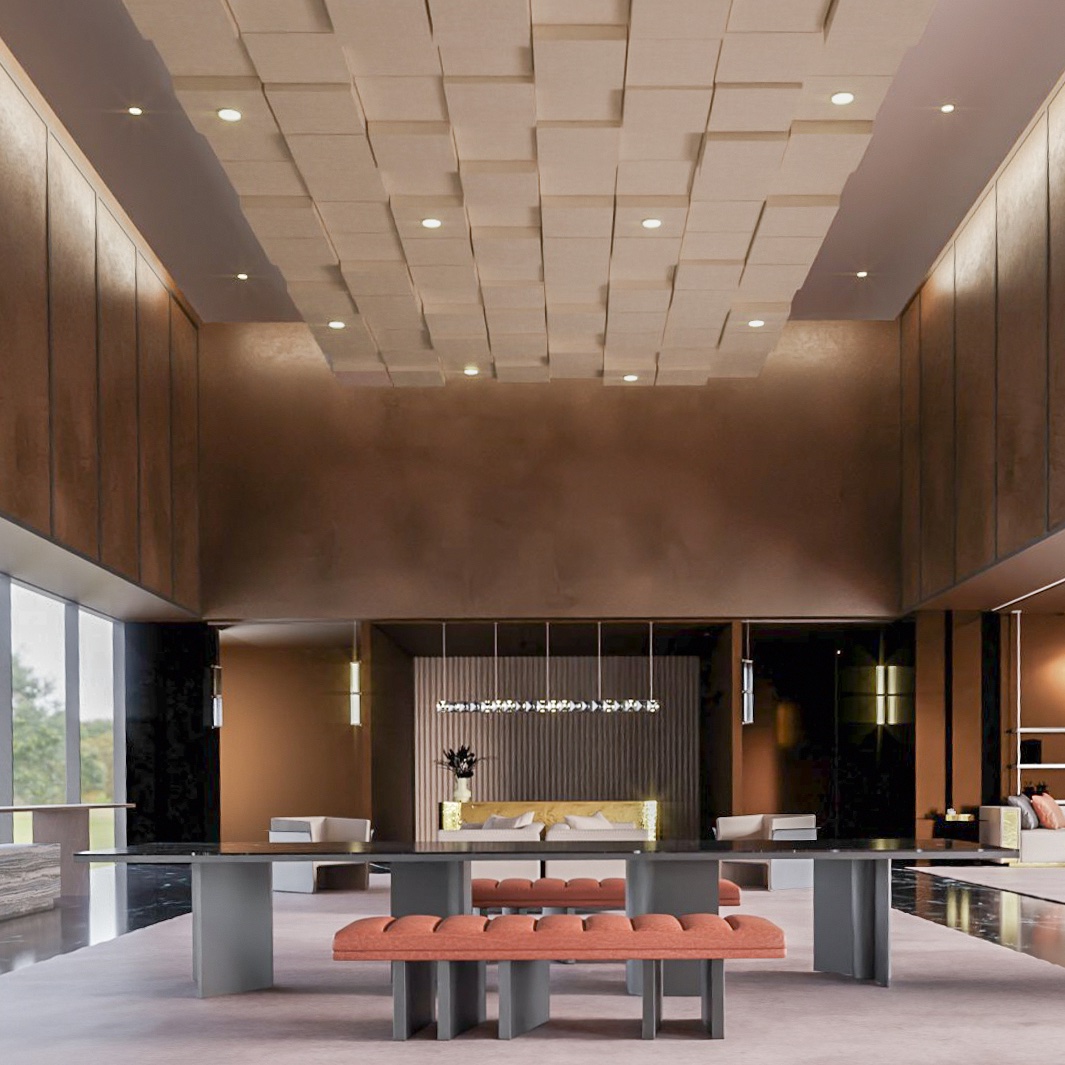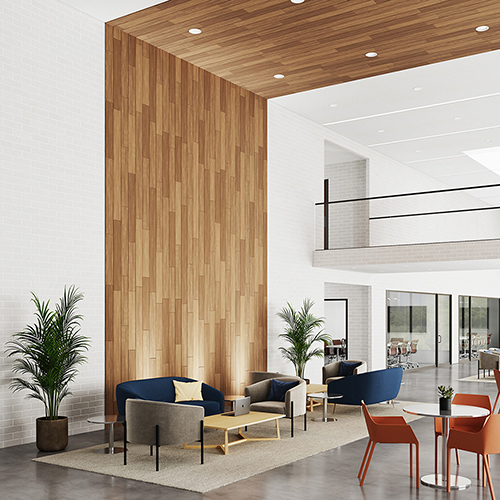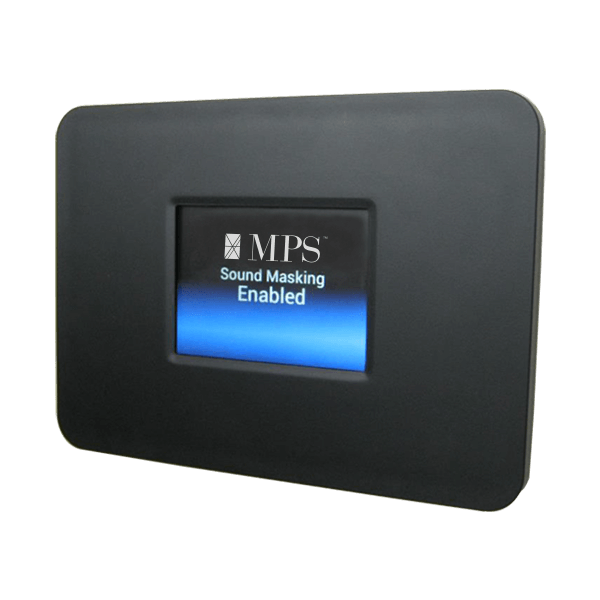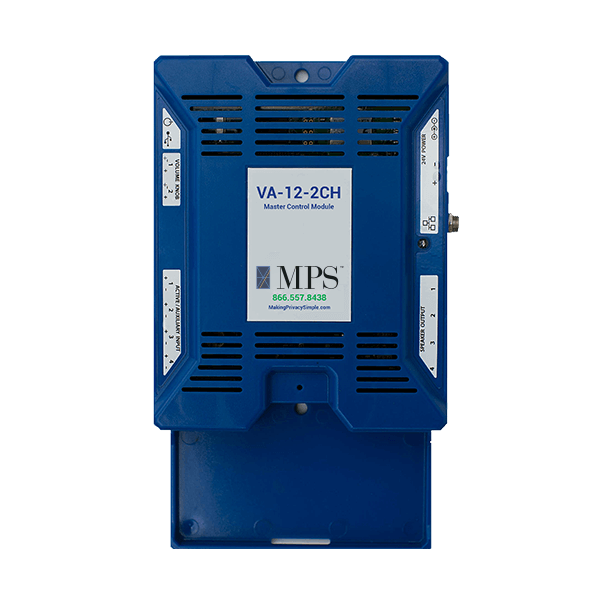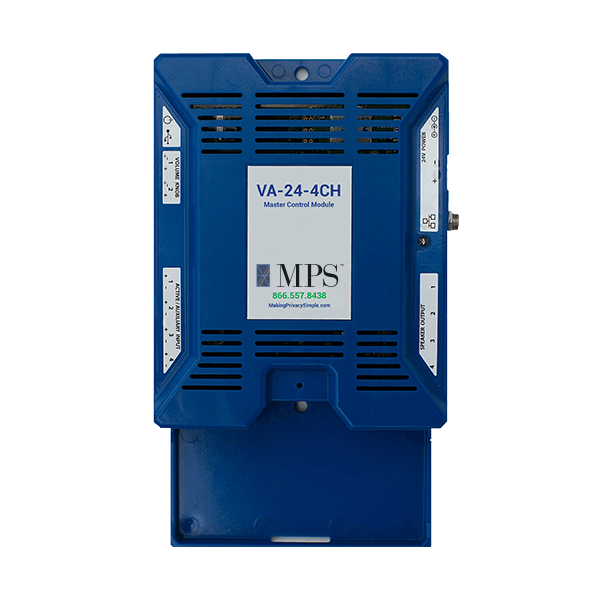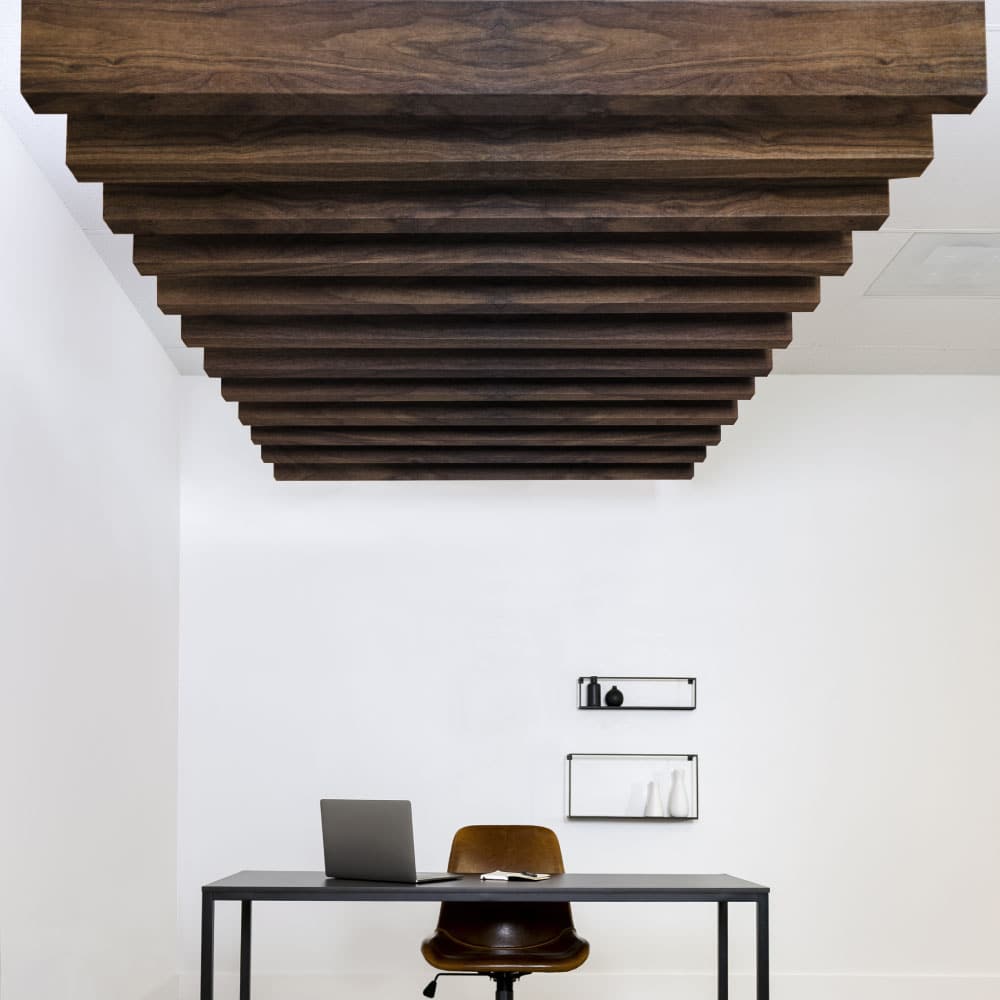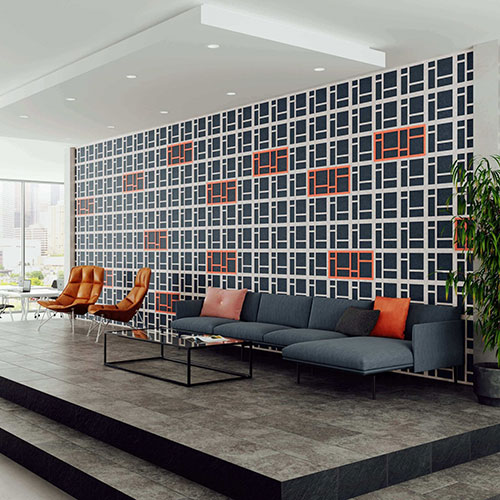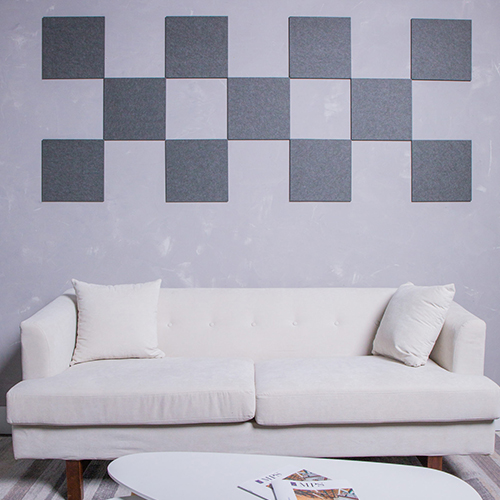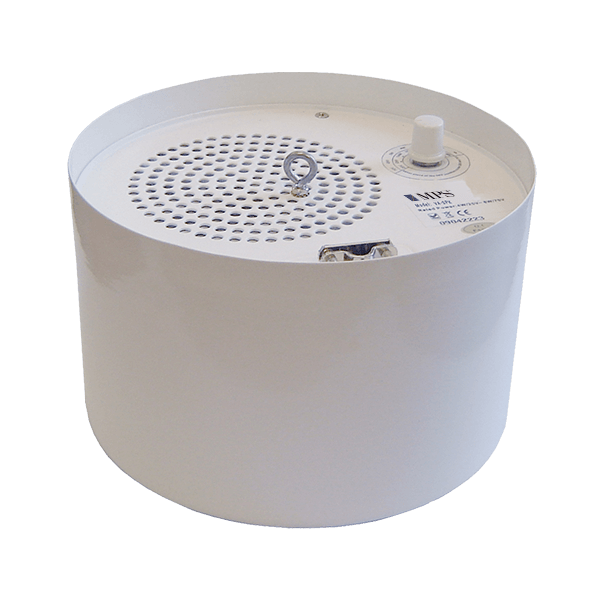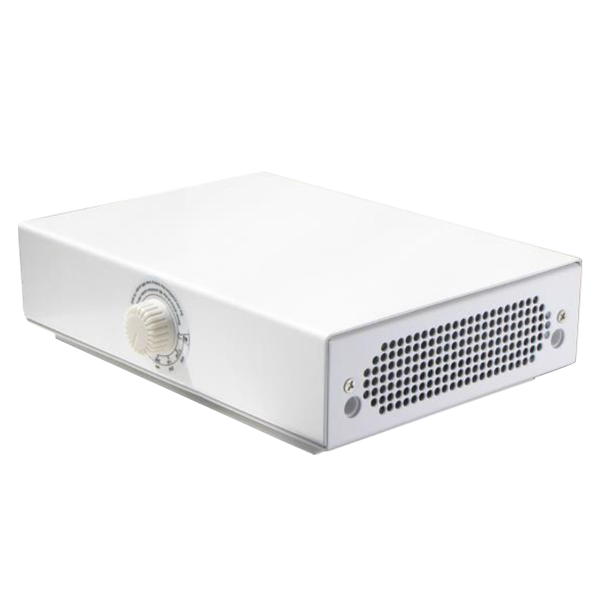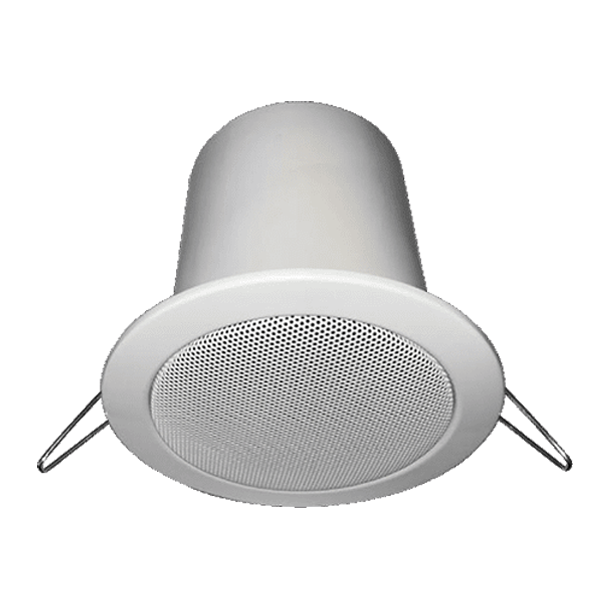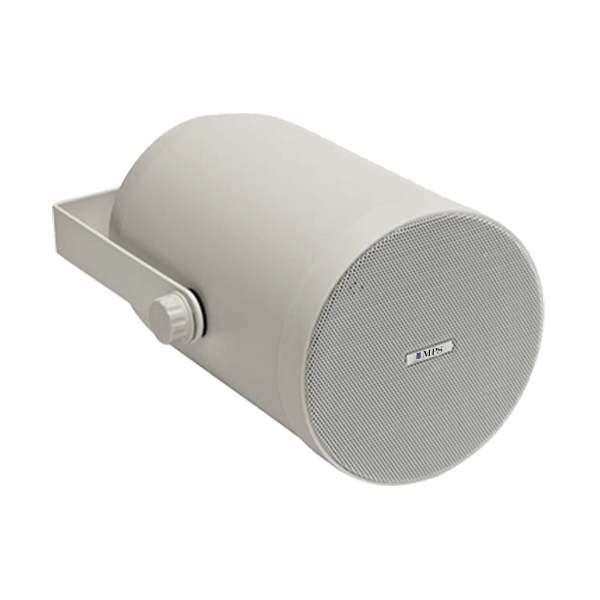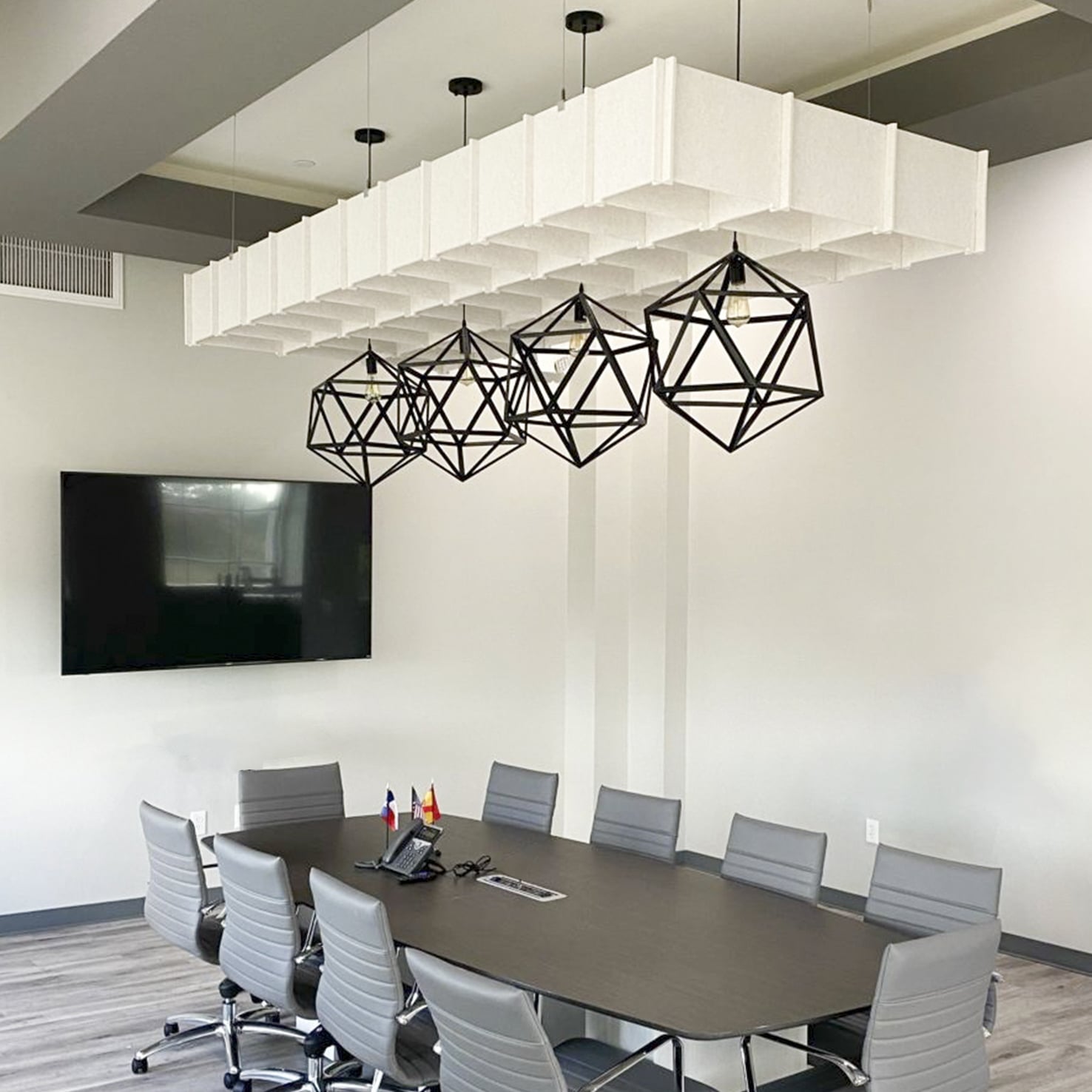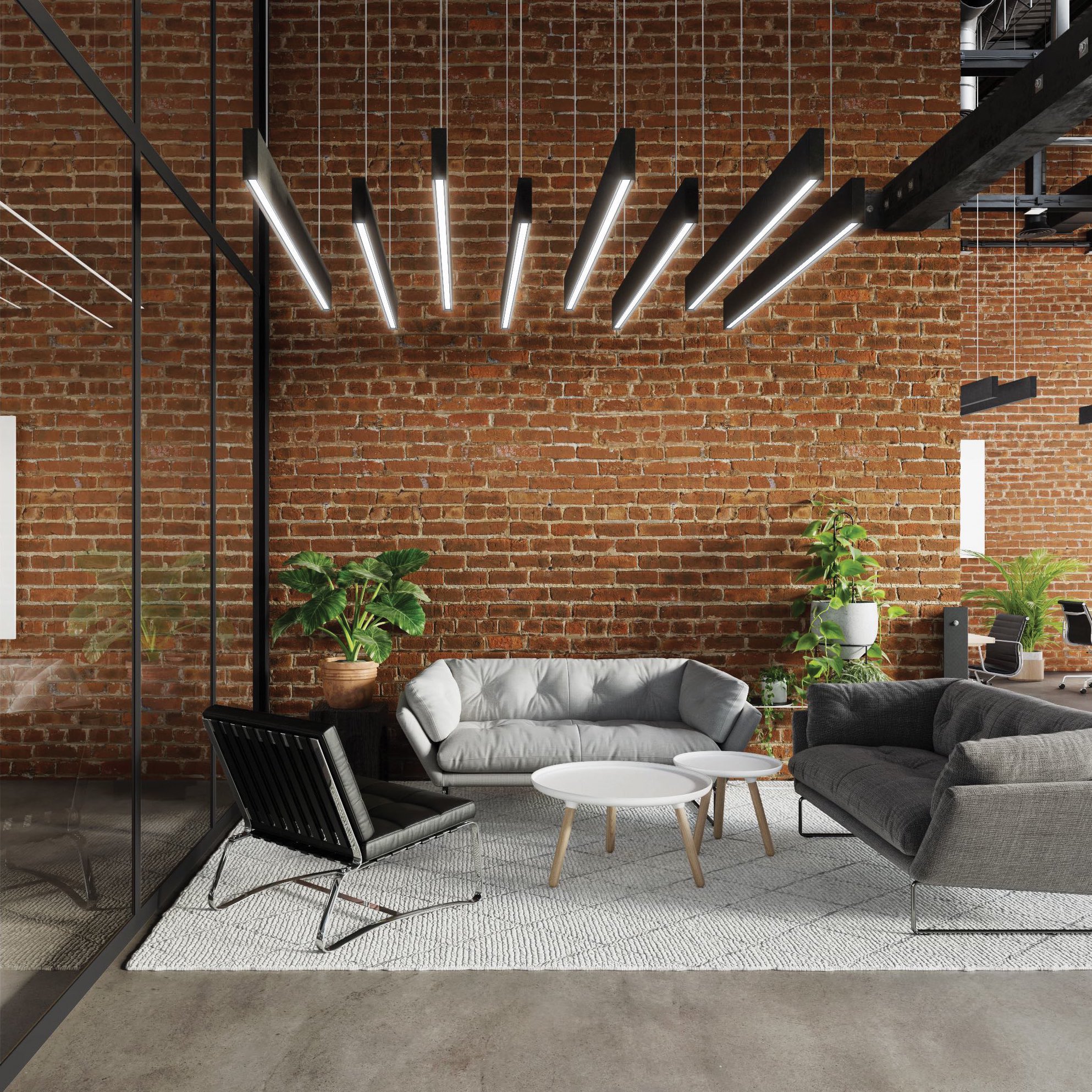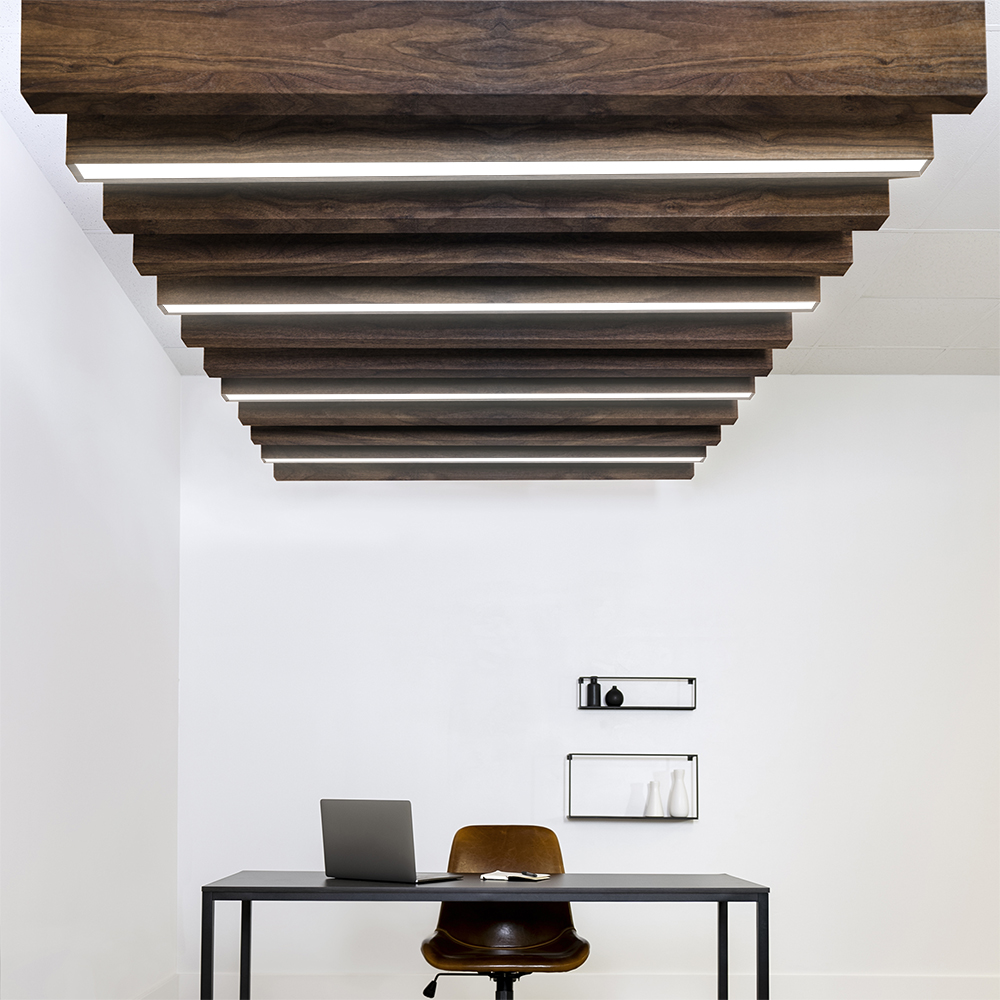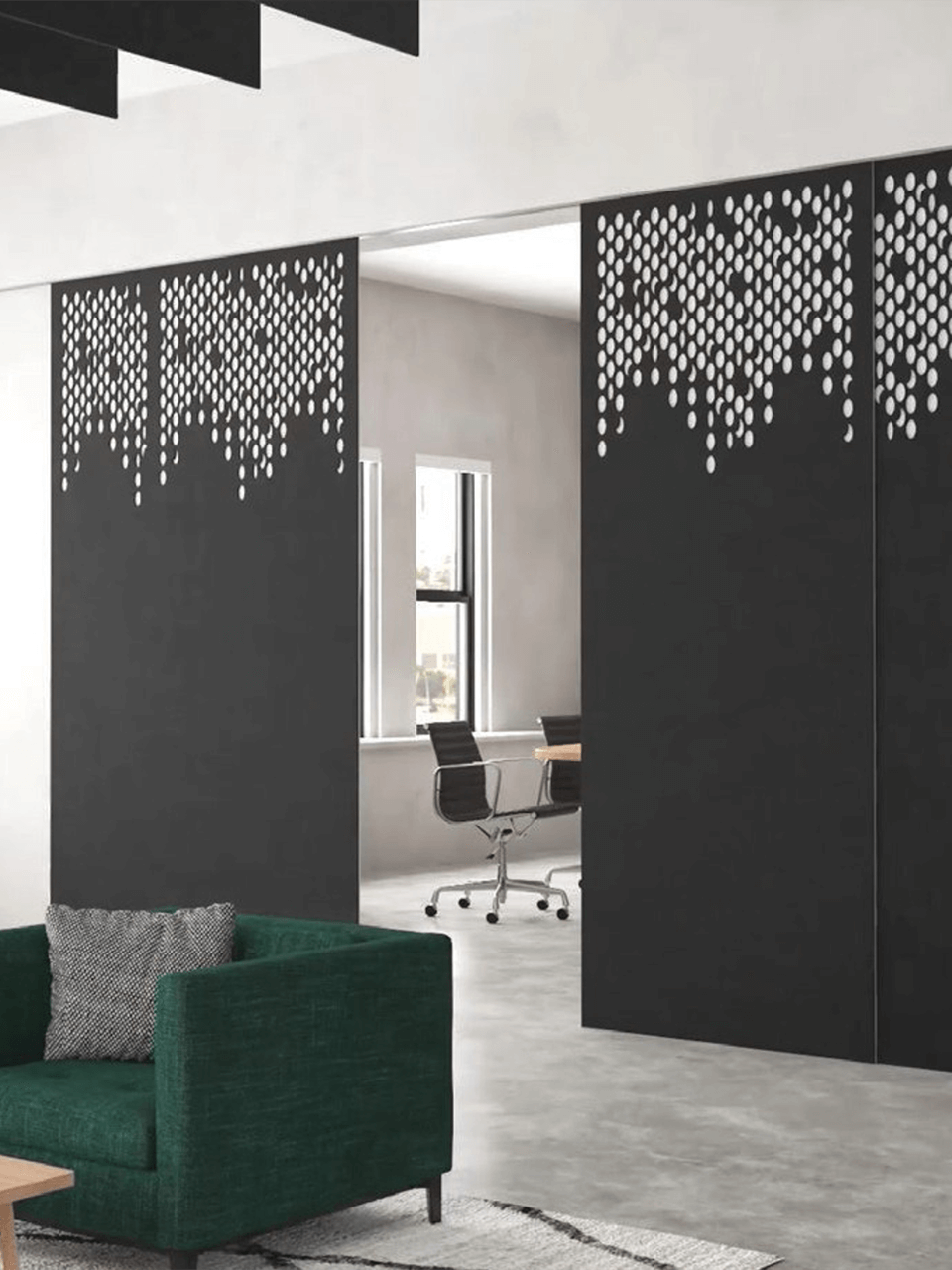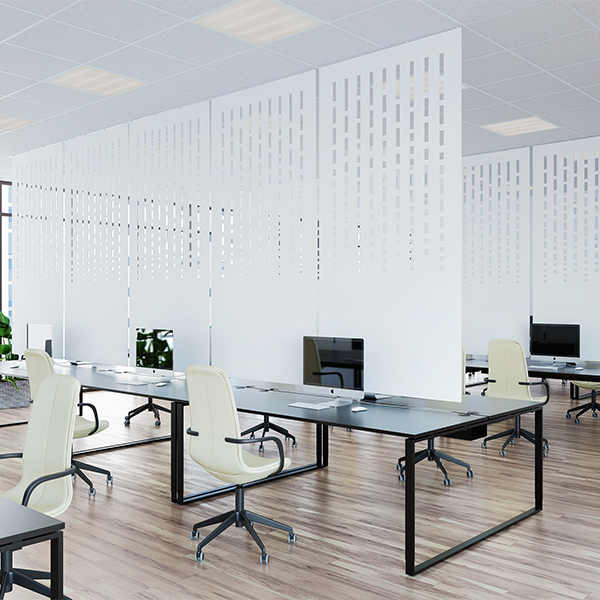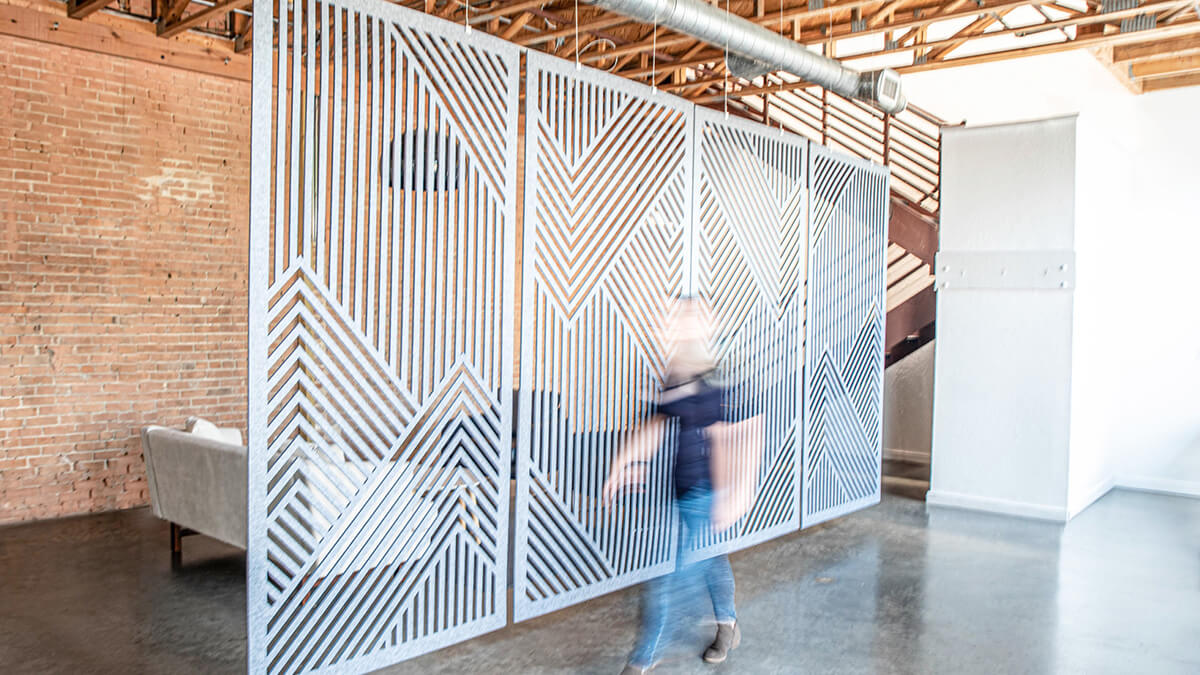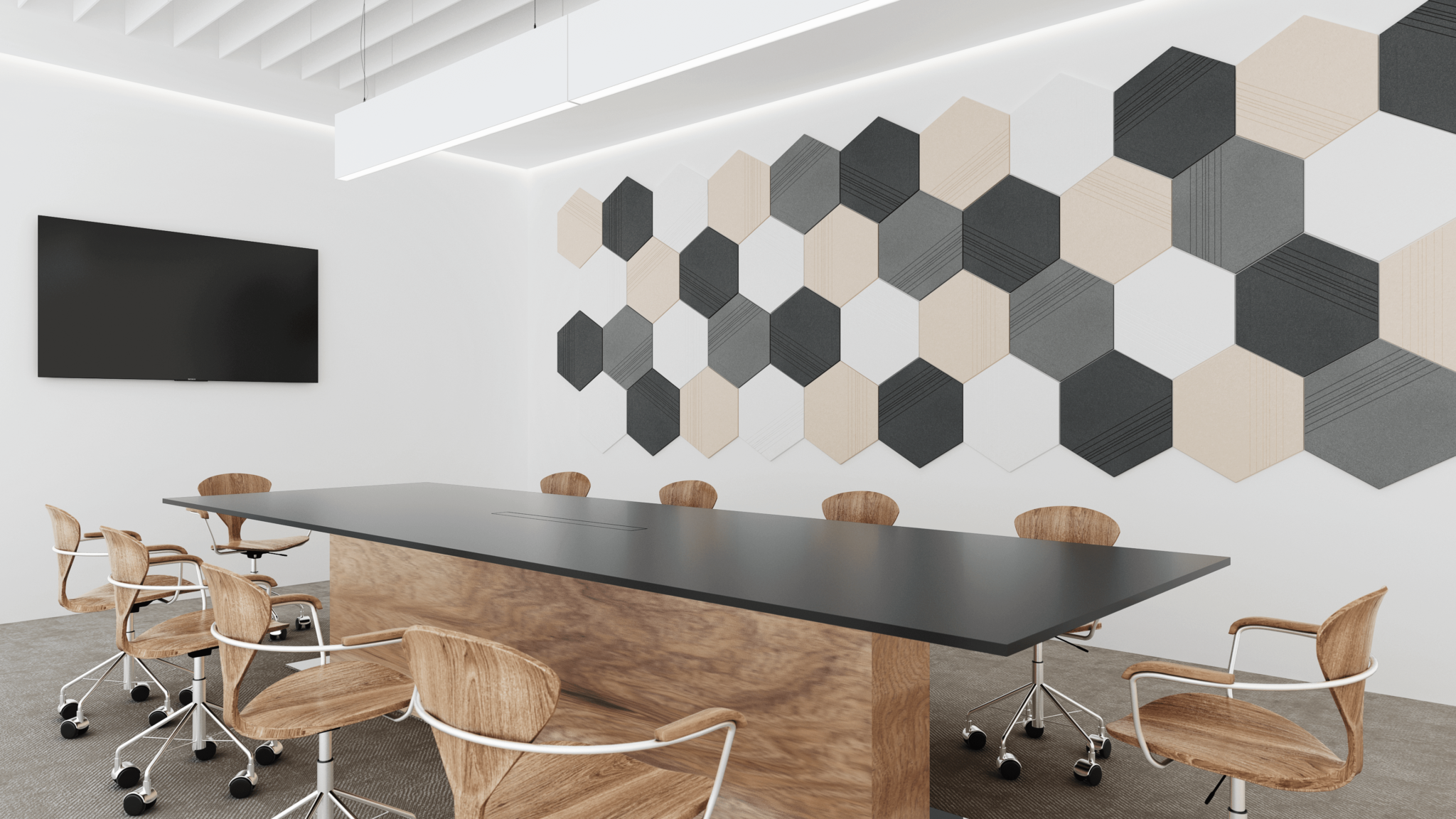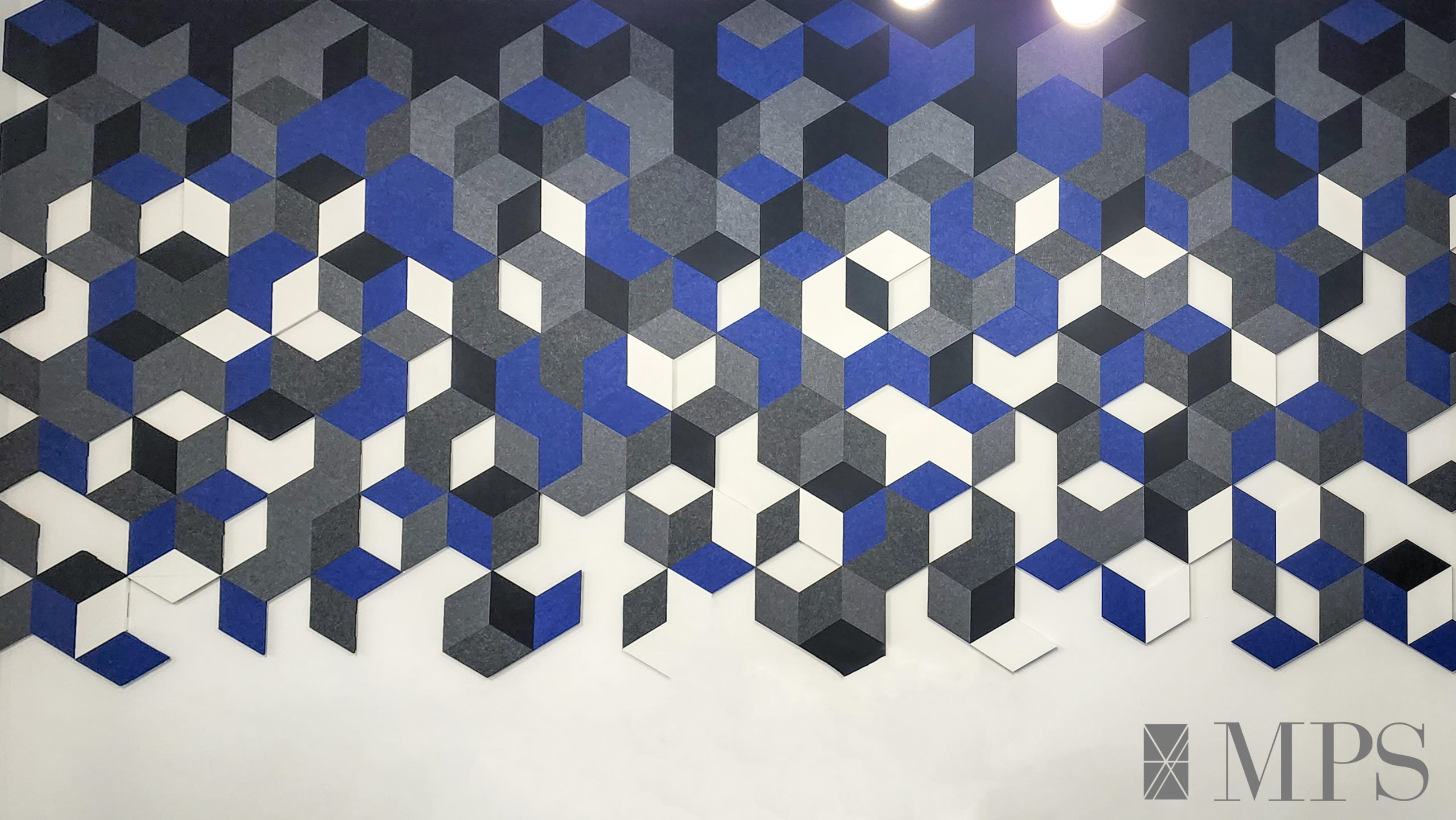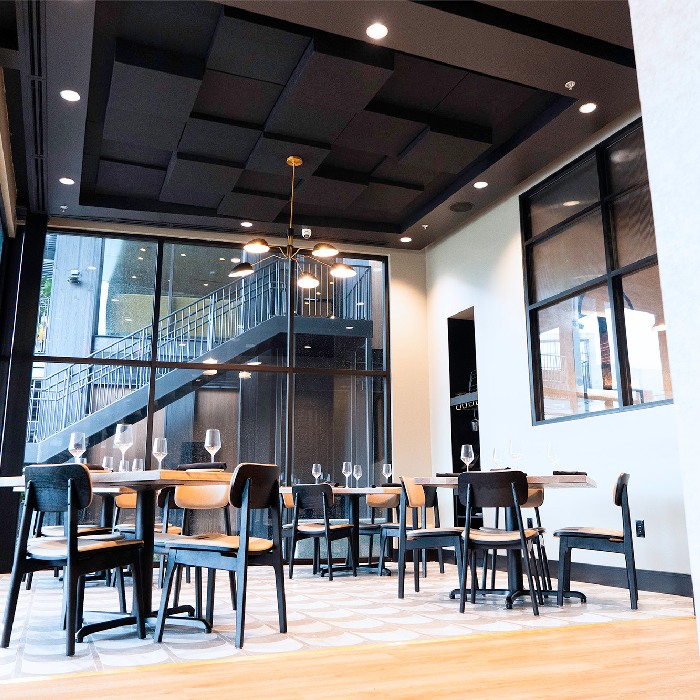Sound Masking Essentials for Facilities Managers
For most facilities managers, speech privacy decisions revolve around a few core issues, which include:
- Cost
- Simplicity
- Privacy
- Precise, Uniform Sound Distribution
- Comfort and Sound Quality
In a given environment, there are three ways you can improve your speech privacy score, often referred to as “the ABC’s”:
- Absorb the sound with panels or higher quality ceiling tiles,
- Block the sound by building walls or furniture partitions,
- Cover the sound by installing a high-quality sound masking system.
These three tools are not mutually exclusive, nor are they equal in terms of effectiveness. Though covering provides the greatest impact per dollar spent, to improve the total speech privacy score, it is most effective to employ more than one of these tools.
If you are considering using a sound masking system to improve speech privacy in your facility, your objective is most likely either to protect confidential conversations or to reduce conversational distractions between workspaces. In either case, your goal is to reduce speech intelligibility, due to regulatory or work efficiency requirements, while maintaining a comfortable work environment and do it in a way that will positively impact the organization’s bottom line.
Excellent privacy without annoyance is possible for everyone in the room when the masking volume and frequencies are precise and extremely uniform, and this is accomplished primarily through correct speaker type and placement. The five core sound masking issues can be addressed using one of the two basic technology types available today.
Direct-field – placed in the ceiling tiles; the sound is emitted directly into the treated area
With this newer speech privacy technology, facility manager considerations should include:
- Installation costs
- Origin of the sound
- Layout and speaker orientation
- System capability to produce frequencies within the speech spectrum range
- System capability to meet speech privacy standards including ANSI / ISO / IEC
Indirect-field – placed above the ceiling tiles; speakers and sound are in the plenum
In addition to the above criteria associated with direct field technology, considerations will include:
- Maintenance costs
- Choice of speaker type
- Number of noise sources used to create the sound
- Zone system and node identification for troubleshooting
- Software and equipment controls, security, serviceability, migration, equalization, availability
1. Costs
A study by Cornell University found that with even small acoustic treatments, significant cost savings were achieved due to significantly fewer distractions, improved worker focus, improved accuracy, and reduced stress. Financial models show a 300- to 500-percent return on investment. Sound masking is inexpensive and easy to install even in occupied spaces.
o Direct-field system costs are speakers and installation; the placement of the direct field system avoids costs of overcoming challenges unique to most plenum spaces.
o Indirect-field costs include equipment and installation, plus additional configurations, software, and features to address plenum-based acoustical challenges.
2. Simplicity
o Direct-field system speakers radiate sound directly into treated areas in a wide-angle arc from a tamper-proof product, removing security issues and the obstacles and variables inherent in plenum-based systems.
o Indirect-field system variability due to the inherent plenum-based obstacles can be simplified with additional software and system enhancements for adjusting and setting frequency balances.
3. Privacy
o Direct-field systems target specific frequencies that have the greatest impact on speech intelligibility while eliminating frequencies that simply add noise. (Studies by the National Research Council of Canada revealed that office workers in typical open office environments were only comfortable if the ambient background sound volume was in the very narrow range of 45 dB – 48 dB.) With direct-field systems, effective tuning within this narrow range of volume does not rely on the installer, since the direct field systems are shipped ready to deliver precisely controlled sound uniformity for both volume and frequencies throughout the entire treated areas and are not affected by the acoustic challenges of the plenum.
o Indirect-field systems can compensate for plenum obstacles by providing each loudspeaker with volume and frequency control, using more loud-speakers (spaced 10’ rather than 15’ apart), and providing sound-attenuating “boots” at each opening in the ceiling. However, these optional measures add to the project costs. Additionally, plenum-based systems must use large speakers to generate much higher levels of sound in order to provide enough volume when it filters into the workspace below. These larger speakers produce a certain amount of energy in the lower frequency bands that simply can’t be tuned out.
4. Precise, Uniform Sound Distribution
Volume isn’t the only consideration in effective speech privacy. Any noise can mask, whether that is a jet engine or an oscillating fan on someone’s desk. In addition to volume, however, all effective speech privacy systems must have the right kind of sound, the right frequencies. All sound masking systems have the objective to meet the Baranek curve of sound frequencies, which describes the most effective frequency range of masking. Rather than simply producing true “white noise,” which is all frequencies, the spectrum is better if the range is specifically that of human speech.
o Direct-field systems use speakers that emit sound in a wide-angle, typically 170-degrees in order to achieve maximum uniformity and allow the masking spectrum to be pre-tuned to the most effective settings. Direct field systems are factory tuned to the Baranek curve, laid out to meet the privacy needs of the specific acoustic environment, and are tamper-proof once installed to ensure system security.
o Indirect-field system consistency can be achieved through monitoring, on-site tuning (often through the use of centralized controls and software), and with system security enhancements to compensate for acoustical inconsistencies due to the sound-absorbing and blocking characteristics of the typical ceiling and plenum materials.
5. Comfort and Sound Quality
Completely independent control of sound levels in open and closed office zones is critical since closed offices normally require 4 to 6 decibels lower volume than those in open office areas. A common zoned-sound challenge in most offices is that the above-ceiling air plenum is common to both open and closed office areas (office walls often do not extend more than an inch or two above the suspended ceiling tiles).
o Direct-field technology allows for easy zoning with no unwanted bleed-over effect because the speakers are placed below the plenum where their sound can be zoned using existing office walls. Choosing speakers that radiate sound with at least a 170-degree (ultra-wide-angle) will be most effective, allowing for a pre-tuned spectrum for maximum speech privacy with the least possible volume.
o Indirect-field or plenum-based systems can avoid excessive sound spilling into the closed offices by installing an adjustable loudspeaker above enclosed office areas. Good plenum-based systems typically rely on an adjustable “master” speaker that controls a number of non-adjustable “slave” speakers to properly zone open-office areas.
6. Flexible and Expandable
o Both direct and indirect field systems can incorporate paging and music functionality.

